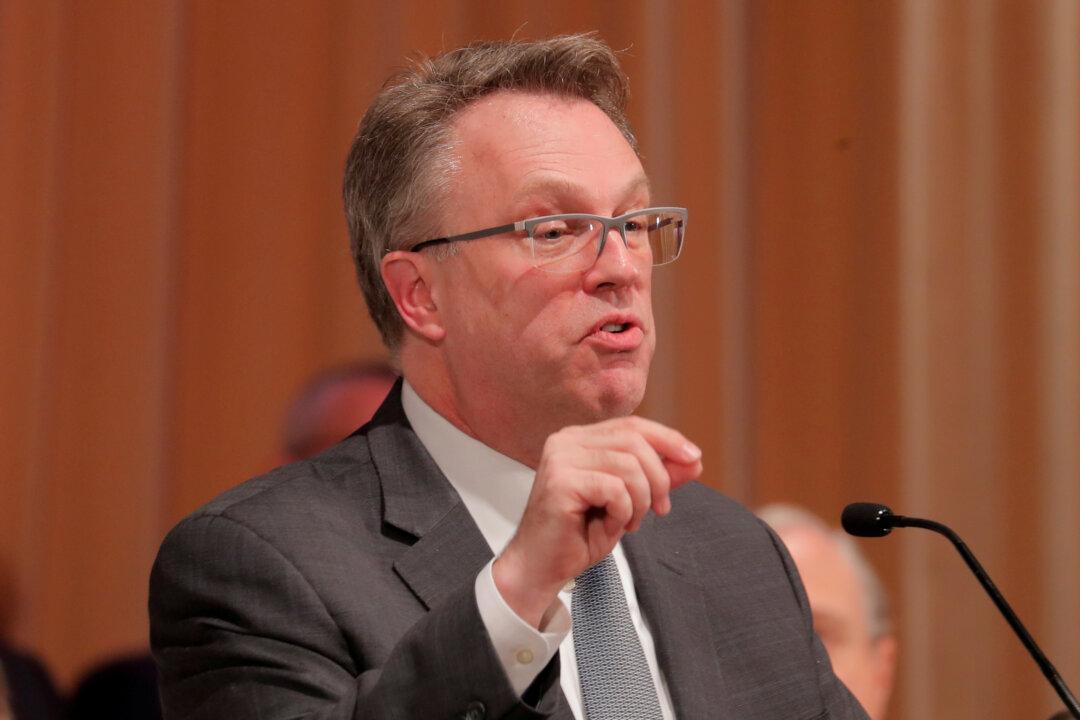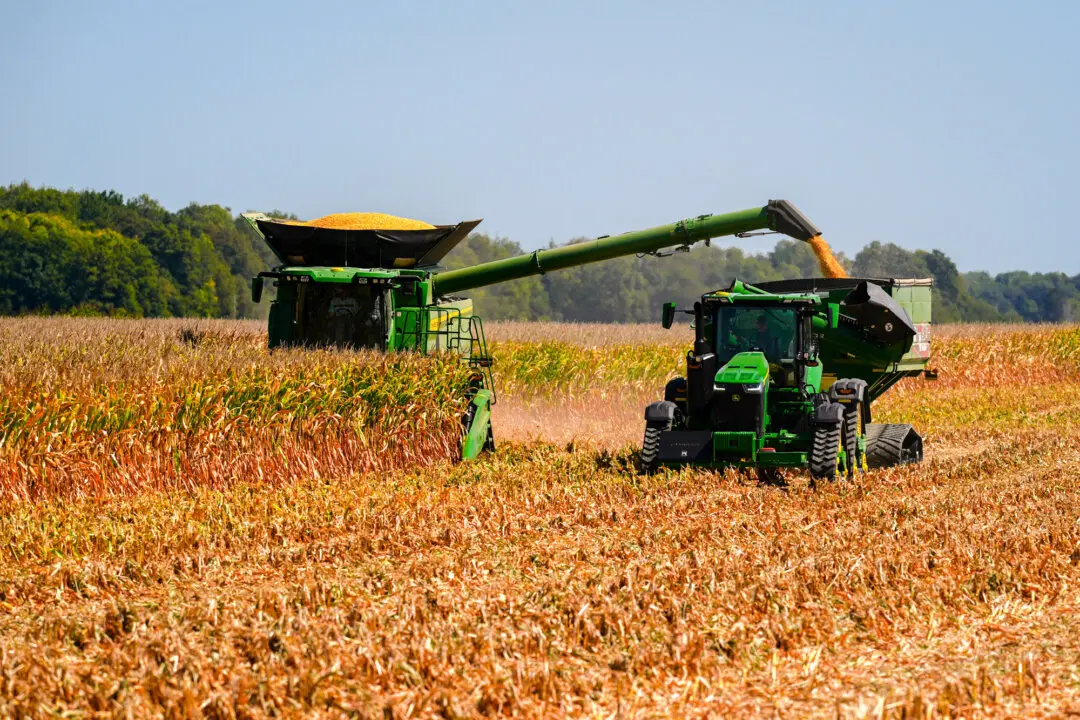New York Federal Reserve Bank President John Williams on Monday said that expectations for future rates of inflation remain well-anchored around the Fed’s 2 percent objective, though he acknowledged upside risks and the persistence of a “great deal of uncertainty” around the inflationary outlook.
Williams made the remarks via video call on Sept. 27 at the Economic Club of New York, where he laid out his outlook for inflation and discussed implications for monetary policy.





